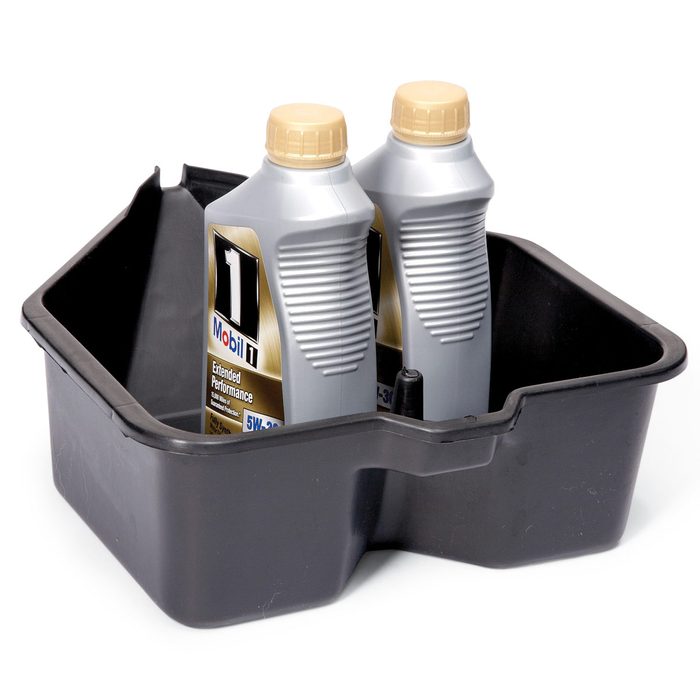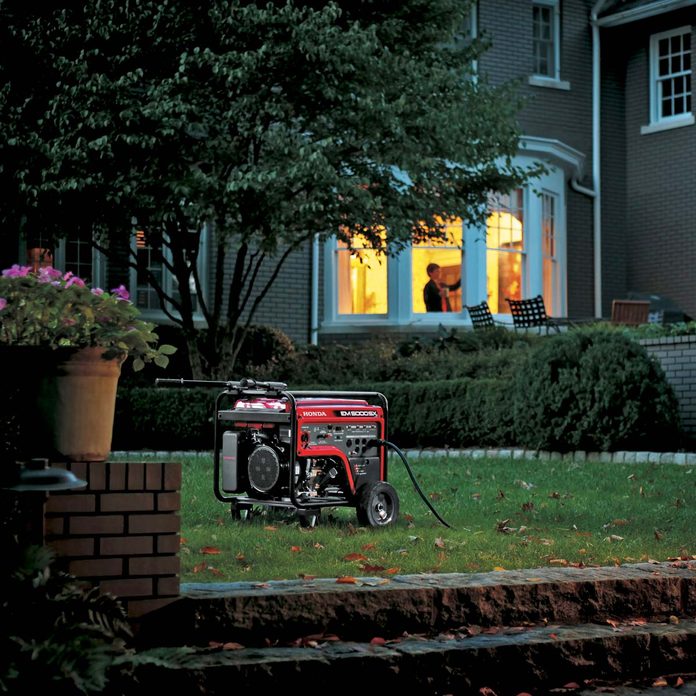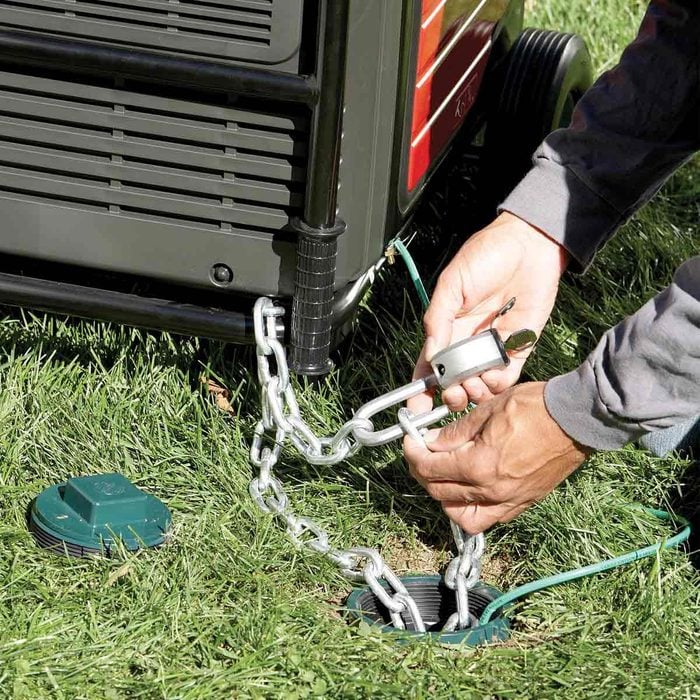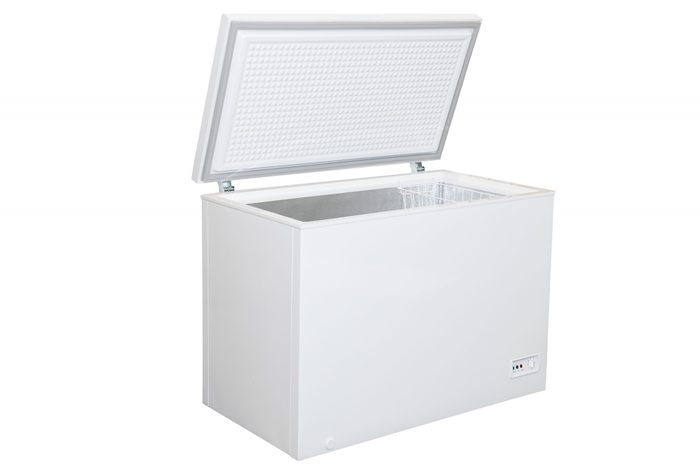
Make Sure You Read the Wattage Ratings Correctly
Every generator lists two capacity ratings. The first is “rated” or “continuous” watts. That’s the maximum power the generator will put out for an extended period. It’s the only rating you should rely on.
The higher “maximum” or “starting” rating refers to how much extra power the generator can put out for a few seconds when an electric motor — like the one in your refrigerator or furnace — starts up.
If you buy a generator based on the higher rating and think you can run it at that level, think again. It will work for a little while. But by the end of the day, your new generator will be a molten mass of yard art, and you’ll be out shopping for a replacement.

Change Your Generator’s Oil Regularly
Most new generators need their first oil change after just 25 hours. After that, the interval increases to every 50 or 60 hours. So, if you’re using a generator, plan to store enough oil and factory filters to last a few days (at least!). Having enough on hand will save you the trouble of trying to find some in the aftermath of a storm. Are you familiar with the concept of a biogas generator? It collects biogas from decomposing organic matter. The gas can be burned to generate electricity or heat.

Exercise Your Generator
“I start my generator up every three months as recommended by the manufacturer and let it run for about 20 minutes to charge the battery for my electric starter.” – Larry Meacham.
The last thing you want is a dead generator when you need it the most. Check to see what the manufacturer recommends for your model and be sure to follow those steps. That will keep the battery in good shape and ready for an emergency.

Build a Generator Garage
“For a portable generator, we poured a small concrete pad and basically built a doghouse over the unit that is hinged to the pad. It worked better than a blue tarp.” – Al Cecil.
It’s important to secure your generator so it can’t be stolen. It’s equally important to set up your generator on a level surface. You can accomplish both by installing a small “garage” to cover your generator. This way it’s set up properly, sheltered and secured.

A Door for Cords
“Most people run extension cords into the house through an open window or door. But our fireplace has a small cleanout door on the outside, so I run extension cords through it.” – Charles Crocker.
Cords are necessary but can sometimes be a trip hazard. Finding a safe route to run them can be a challenge, but this can be solved with a little creativity. While doors and windows are the easiest options, cleanout doors or floor access to the crawl space provide alternatives that keep walkways clear.

Unplug the Freezer
“Freezers and fridges are power hogs. But you can disconnect them from your generator and free up power for other stuff.
“First, turn the temperature settings way down. When they reach the lower temperature, unplug them and don’t open their doors unless you have to. They’ll act like coolers and stay cold for a long time. Freezers usually will keep food frozen about 24 hours. During that time, the generator is free to power tools or your big-screen TV.” – Rick Granger.
Rick is right. While fridges and freezers may not be the biggest power draws in your home, they’re certainly near the top of the list. Planning to unplug them for certain stretches will let you power other necessities while budgeting time to plug them in again to keep your food from spoiling.
